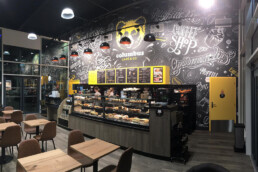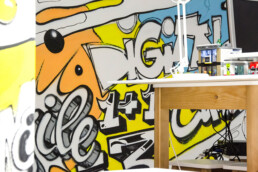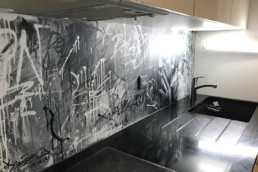Dubai is a city known for its opulent skyscrapers and luxurious shopping destinations, a new kind of artistry is quietly but steadily taking over the urban landscape. The once overlooked and forgotten commercial spaces of this bustling metropolis are experiencing a remarkable transformation—one that is not just visual but also cultural and economic in nature. Graffiti, often perceived as a rebellious form of expression, has emerged as a powerful tool in the hands of visionary artists and urban planners, breathing new life into old, dilapidated structures and infusing them with a sense of vibrancy and modernity. What was once considered an act of vandalism is now being hailed as a catalyst for change, sparking a wave of commercial revitalization across Dubai. Graffiti, with its bold colors and intricate designs, is turning drab walls into dynamic canvases that tell stories, evoke emotions, and capture the collective imagination of all who pass by. As these urban murals multiply and spread, they are not just beautifying the city but also redefining its identity, attracting businesses, investors, and tourists alike. Join us on a journey through the streets of Dubai as we explore how this artistic rejuvenation is not just transforming old spaces but also reshaping the very fabric of the city’s commercial landscape.
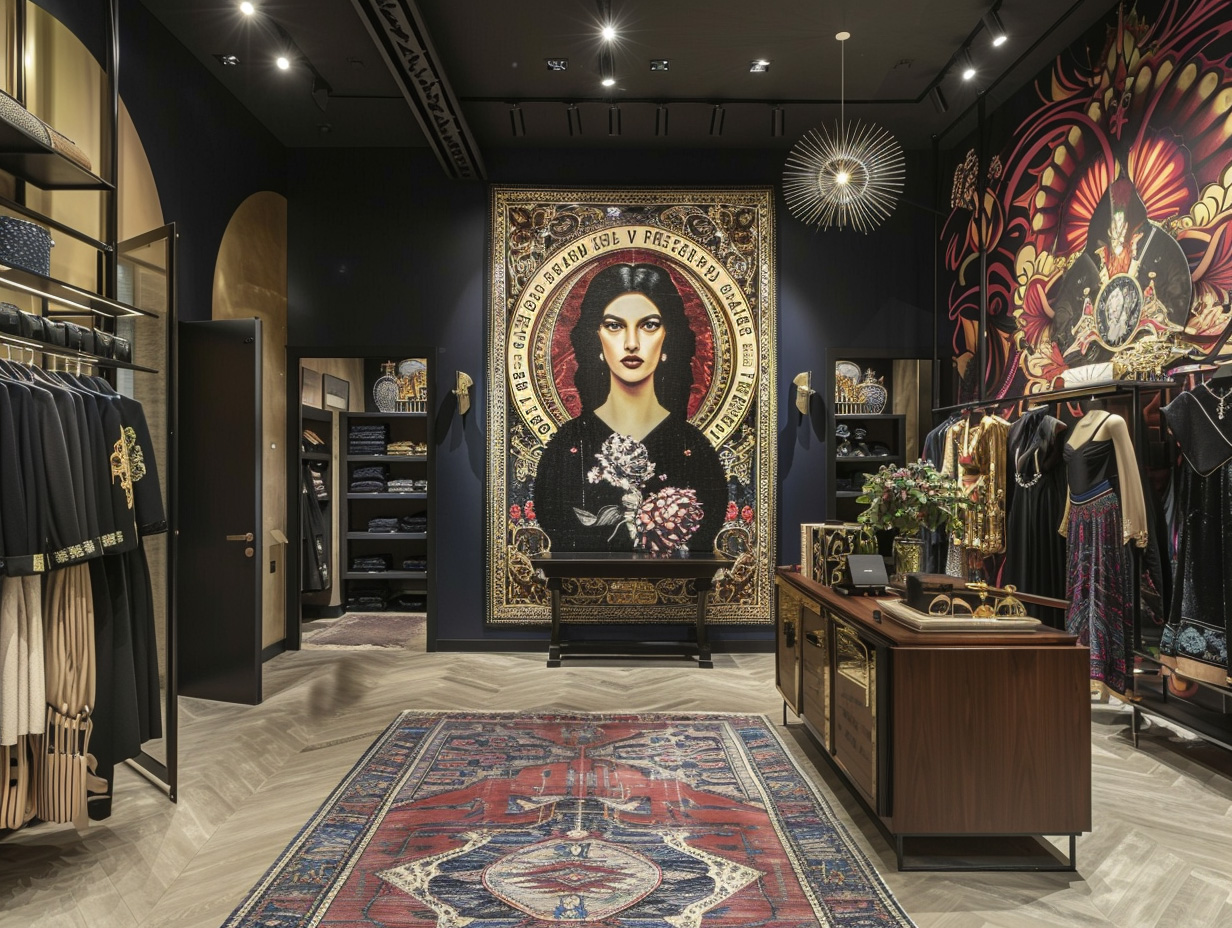 Strategic Placement: Turning Blight into Bright Spots
Strategic Placement: Turning Blight into Bright Spots
One of the key strategies behind Dubai’s graffiti transformation is the strategic placement of these vibrant artworks. Rather than confining graffiti to designated areas or limiting it to specific neighborhoods, urban planners and artists have taken a more inclusive approach. They have identified old, dilapidated commercial spaces in various parts of the city and transformed them into bright spots through graffiti art.
By strategically placing these artworks in areas that were once considered blights on the urban landscape, Dubai has managed to turn them into attractive locales for businesses and consumers. The visual upgrade provided by graffiti has not only made these spaces more visually appealing but has also created a sense of curiosity and intrigue among passersby.
As a result, these once-neglected areas are now experiencing increased foot traffic and interest from both locals and tourists. Businesses that were hesitant to set up shop in these locations are now finding them to be prime real estate opportunities, thanks to the artistic rejuvenation brought about by graffiti.
Cultural Fusion: Local Talent Meets Global Inspiration
Dubai’s graffiti transformation is not just limited to local talent; it also embraces global inspiration. Artists from around the world are invited to contribute their unique styles and perspectives, resulting in a fusion of cultures and artistic expressions.
This cultural fusion adds depth and diversity to Dubai’s graffiti scene, making it even more captivating for viewers. It allows for a cross-pollination of ideas and techniques, pushing the boundaries of what graffiti can achieve as an art form.
Furthermore, this collaboration between local talent and international artists creates opportunities for knowledge exchange and skill development. Local artists have the chance to learn from established names in the global street art scene while showcasing their own creativity alongside them.
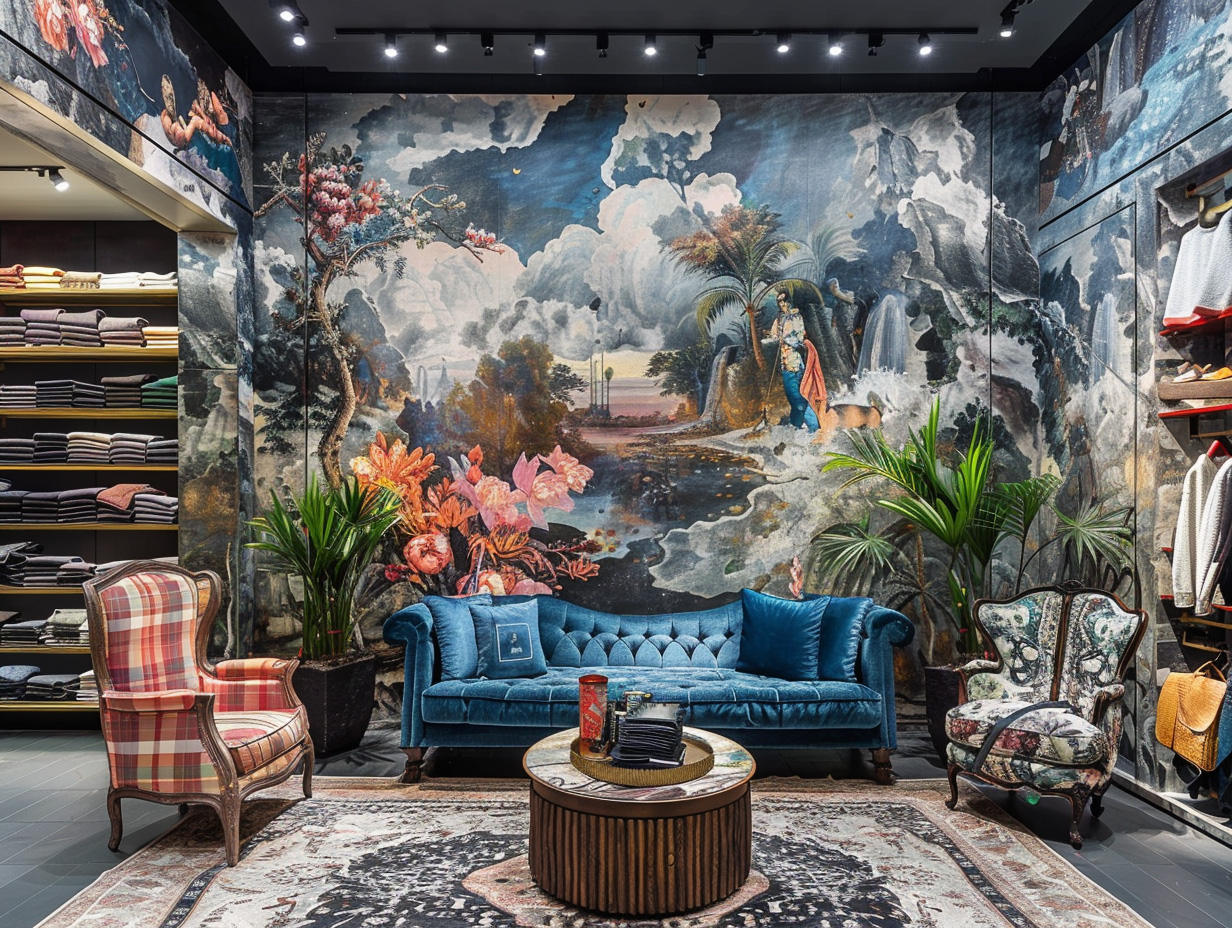 Tourist Attractions: Graffiti Hotspots and Walking Tours
Tourist Attractions: Graffiti Hotspots and Walking Tours
The graffiti transformation in Dubai has not gone unnoticed by tourists. In fact, it has become a major draw for visitors who are eager to explore the city’s vibrant street art scene.
Graffiti hotspots have emerged in various neighborhoods, attracting art enthusiasts and curious travelers alike. These areas showcase some of the most stunning and thought-provoking graffiti artworks, providing a unique and immersive experience for visitors.
Additionally, walking tours have been organized to guide tourists through Dubai’s graffiti-laden streets. These tours offer insights into the stories behind the artworks, the artists’ inspirations, and the cultural significance of graffiti in transforming urban spaces.
Corporate Sponsorship: Brands Embracing Graffiti for Marketing
Recognizing the power of graffiti as a visual marketing tool, brands in Dubai have started embracing this art form to promote their products and services. Corporate sponsorship of graffiti projects has become increasingly common, with businesses commissioning artists to create murals that align with their brand identities.
This collaboration between brands and artists not only provides financial support for the creation of large-scale artworks but also helps bridge the gap between commercial interests and artistic expression. It allows artists to gain exposure while maintaining their creative integrity.
Moreover, these branded graffiti murals serve as eye-catching advertisements that capture the attention of consumers. They add an element of surprise and intrigue to traditional marketing campaigns, making them more memorable and engaging.
Conclusion: Dubai’s Graffiti Renaissance – A Model for Urban Revitalization
The graffiti transformation taking place in Dubai is more than just a visual upgrade; it is a testament to the power of art in revitalizing old commercial spaces. By strategically placing vibrant artworks, embracing cultural fusion, attracting tourists through graffiti hotspots and walking tours, and fostering corporate sponsorship, Dubai has successfully turned blight into bright spots.
This artistic rejuvenation has not only transformed the physical appearance of these spaces but has also sparked commercial revitalization. Businesses are flocking to these once-neglected areas, drawn by the vibrancy and modernity that graffiti brings.
Dubai’s graffiti renaissance serves as a model for other cities looking to breathe new life into their urban landscapes. It showcases the potential of art in transforming old to new, attracting businesses and consumers, and creating a sense of community pride.
As Dubai continues to evolve as a global hub for creativity and innovation, its graffiti transformation stands as a shining example of how art can shape the future of urban spaces.
Related Posts
4 novembre 2023
The Artistic Transformation of Dubai’s Dining Spaces with Graffiti
Dive into Dubai's dining revolution…
